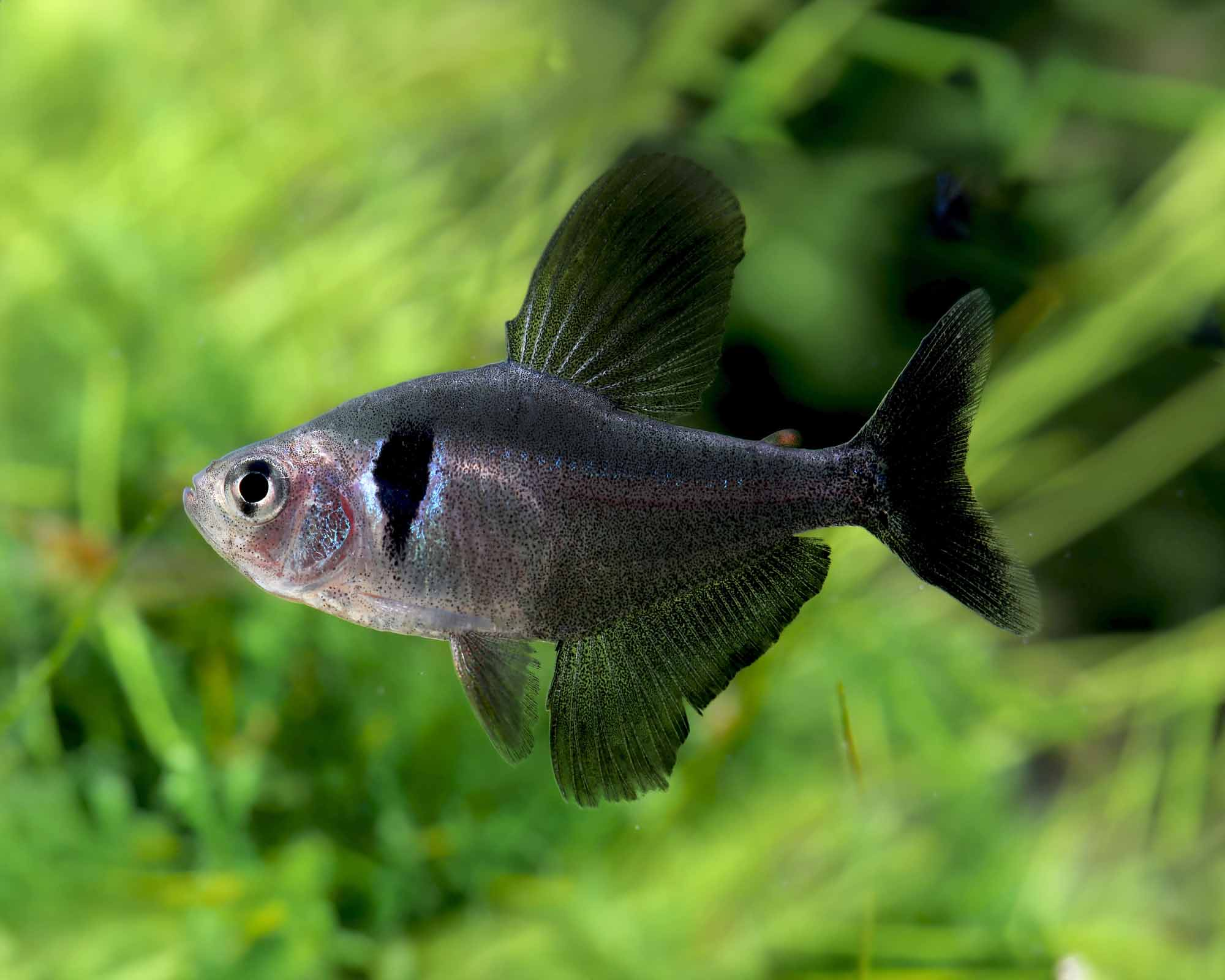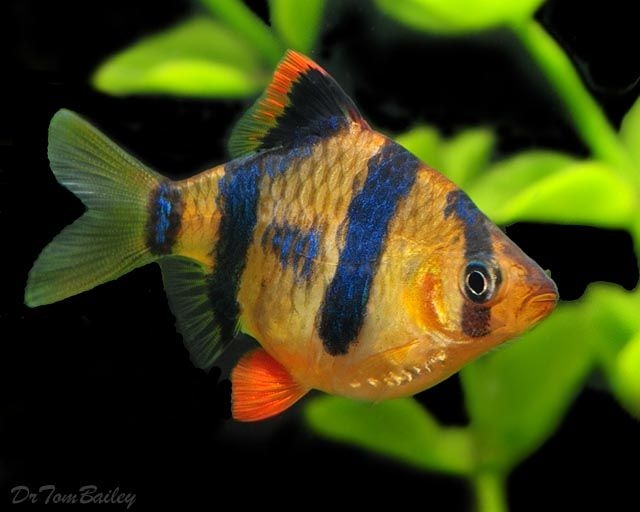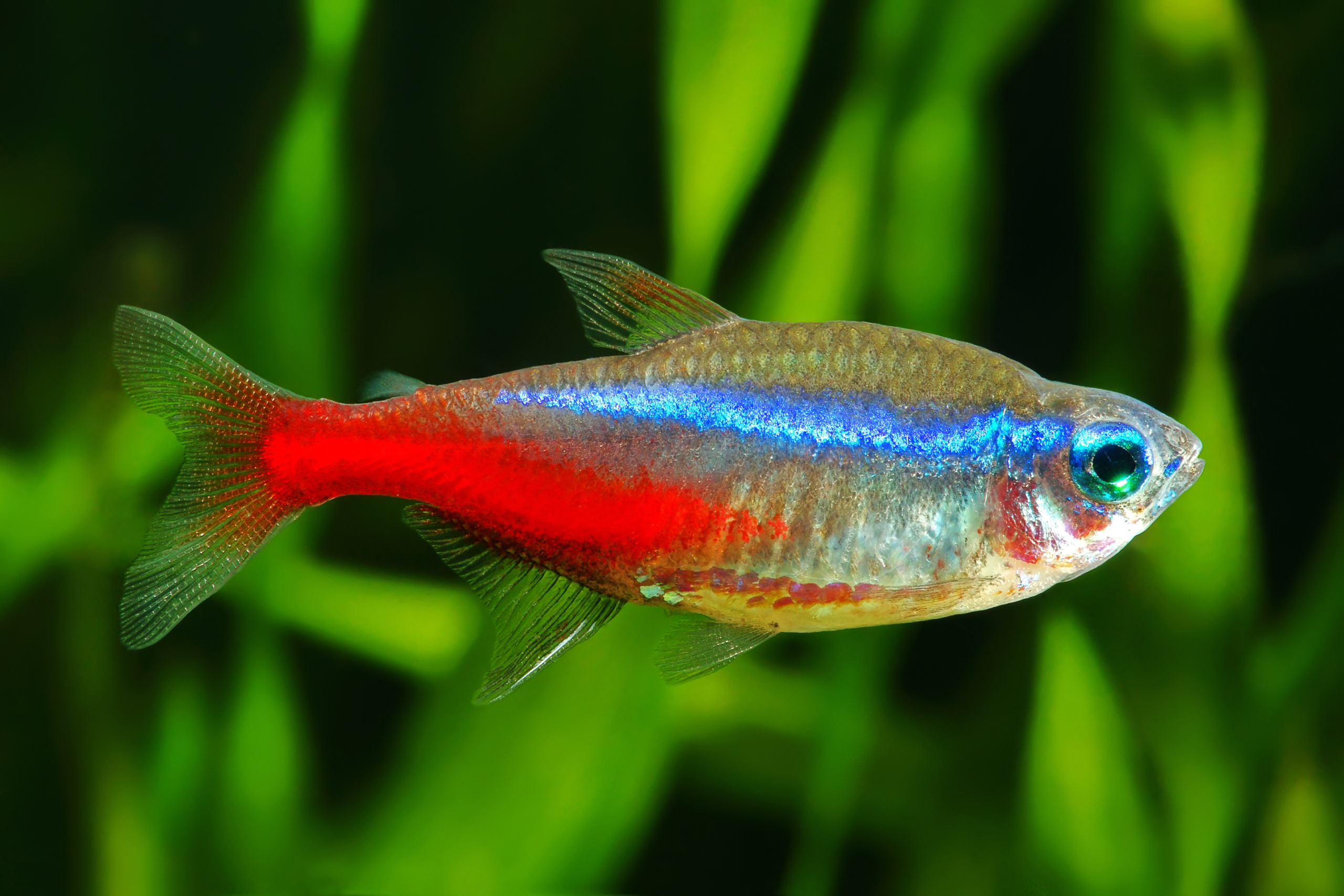The Sterbai Corydoras (Corydoras sterbai) is a beloved freshwater catfish species originating from the Guaporé River in South America. Recognized by its striking pattern of white spots against a dark brown body and its distinctive orange pectoral fins, this species is a standout addition to any peaceful community aquarium.
🌿 Behavior and Temperament
Sterbai Corydoras are calm, social fish that thrive in groups of six or more. They spend most of their time exploring the aquarium bottom, sifting through fine sand for food. Their playful and cooperative nature makes them excellent tankmates for tetras, rasboras, dwarf cichlids, and other non-aggressive species.
💧 Tank Setup
A soft sandy substrate is highly recommended to protect their sensitive barbels. Provide plenty of hiding spots such as driftwood, smooth rocks, and plants to replicate their natural habitat. Moderate lighting and gentle water flow best mimic their environment.
🍽️ Feeding
Sterbai Corydoras are omnivorous and undemanding eaters. Offer a balanced diet consisting of:
-
Sinking pellets or wafers
-
Frozen or live foods such as bloodworms and daphnia
-
Occasional blanched vegetables or algae wafers
Feeding in the evening when lights are dimmed often encourages natural foraging behavior.
🧪 Water Parameters and Maintenance
Keep the water clean and well-oxygenated with regular partial water changes. They prefer slightly acidic to neutral water and stable conditions. Avoid sharp substrates or rough decorations that may injure their delicate barbels.
💡 Why Choose the Sterbai Corydoras?
-
Peaceful and community-friendly
-
Eye-catching spotted pattern
-
Active and entertaining bottom dweller
-
Ideal for beginner aquarists
-
Contributes to a clean substrate by foraging for leftover food
With proper care and a well-maintained environment, the Sterbai Corydoras will reward you with years of lively companionship and natural charm in your aquarium.




Reviews
There are no reviews yet.